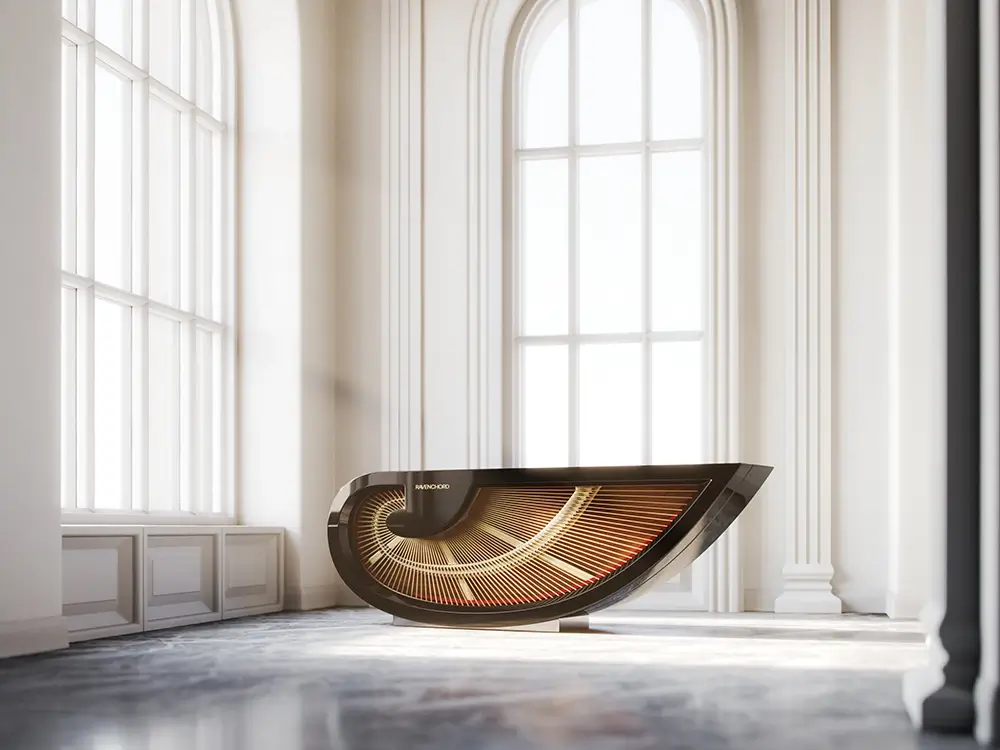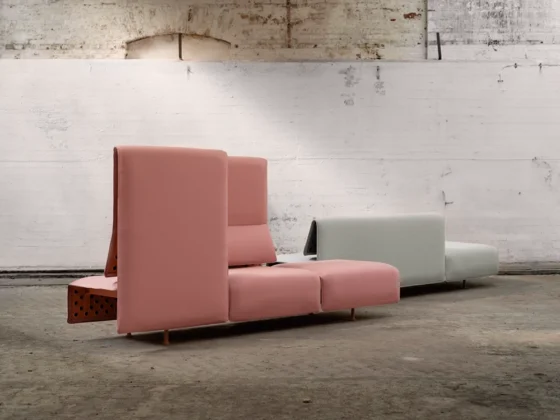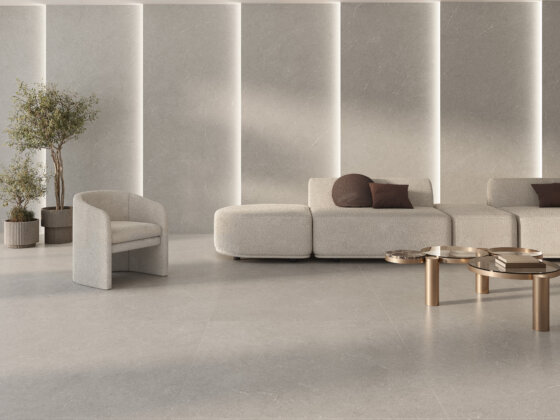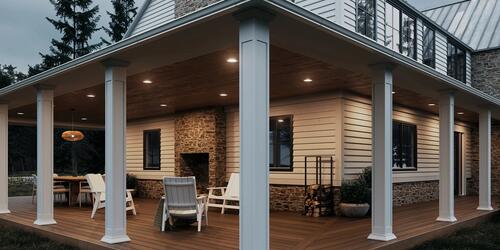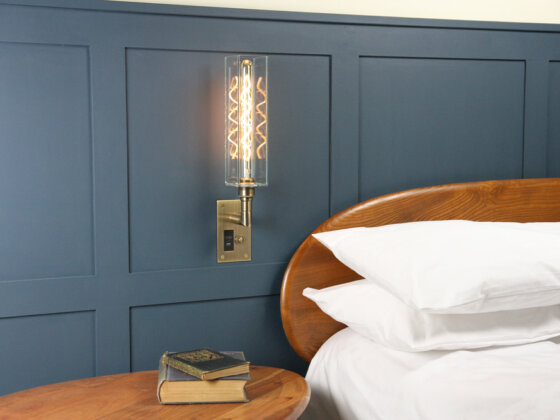San Francisco, California, USA
Aiming to enhance the emotional connection between the performer, the instrument, and the audience, Whipsaw and Dan Harden launch the Ravenchord piano fuses sculptural aesthetics with acoustic precision.
Acoustic piano design has been the same for hundreds of years but of all the instruments in an orchestra, the piano is the most flawed in design.
An upright piano reflects its sound through a narrow top lid, which is muffled. Conventional pianos prevent you from seeing the player head-on. You either see their back or profile.
You also can’t see how the instrument works. If you look at a harp, violin, trumpet, or a drum you get it.
Not so with a piano since everything is hidden inside. You don’t experience the joy of seeing the instrument functioning while simultaneously hearing the music. Grand pianos are also big and heavy.
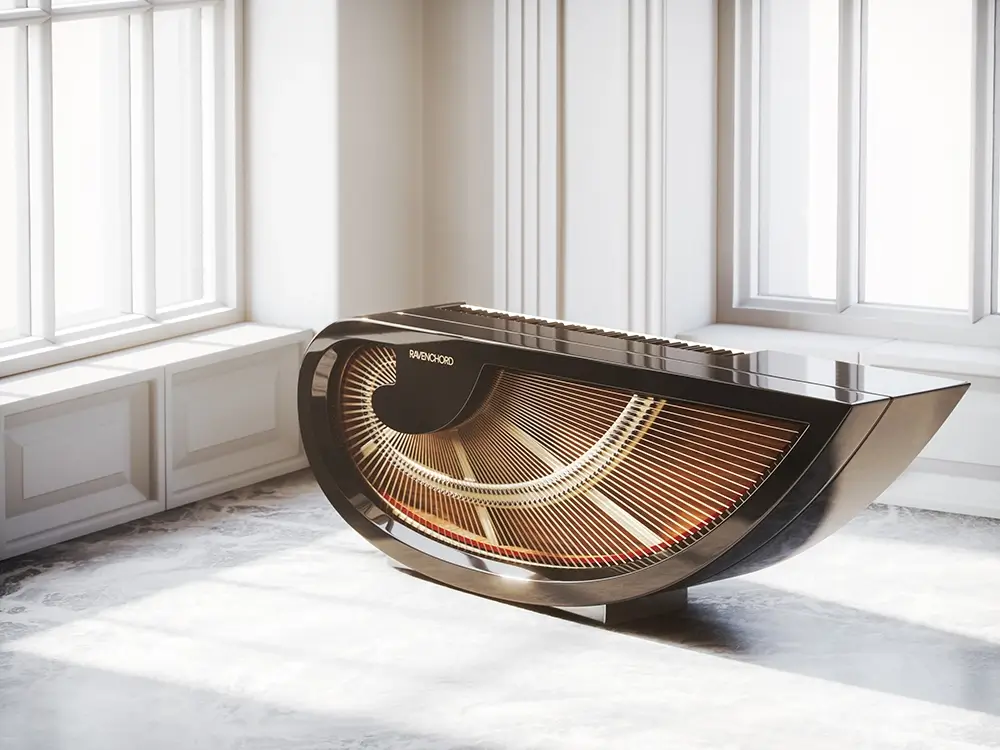
The biggest innovation of Ravenchord is that the piano is finally “liberated.” By revealing its workings, the piano becomes much more expressive in communicating its rich identity and its extraordinary function.
For its design, the project has been awarded a 2024 Good Design Award by The Chicago Athenaeum and The European Centre for Architecture Art Design and Urban Studies.
With Ravenchord, the typical image of a big awkward piano suddenly transforms into a uniquely fresh and emotionally exciting new kind of instrument.
Ravenchord’s compact spiral form is a result of the logical string layout. The short treble strings are arranged vertically on the left and as they progressively grow in length they become long horizontal bass strings on the right.
The hammers, which strike each string, and the dampers which quiet them, are on the center spine and activated by solenoids, a proven technology used on some Steinways.
Ravenchord benefits the player by allowing them to face the audience head-on, a first for an acoustic piano.
The player’s emotion and the passion they pour into their music can finally be seen and appreciated by the audience.
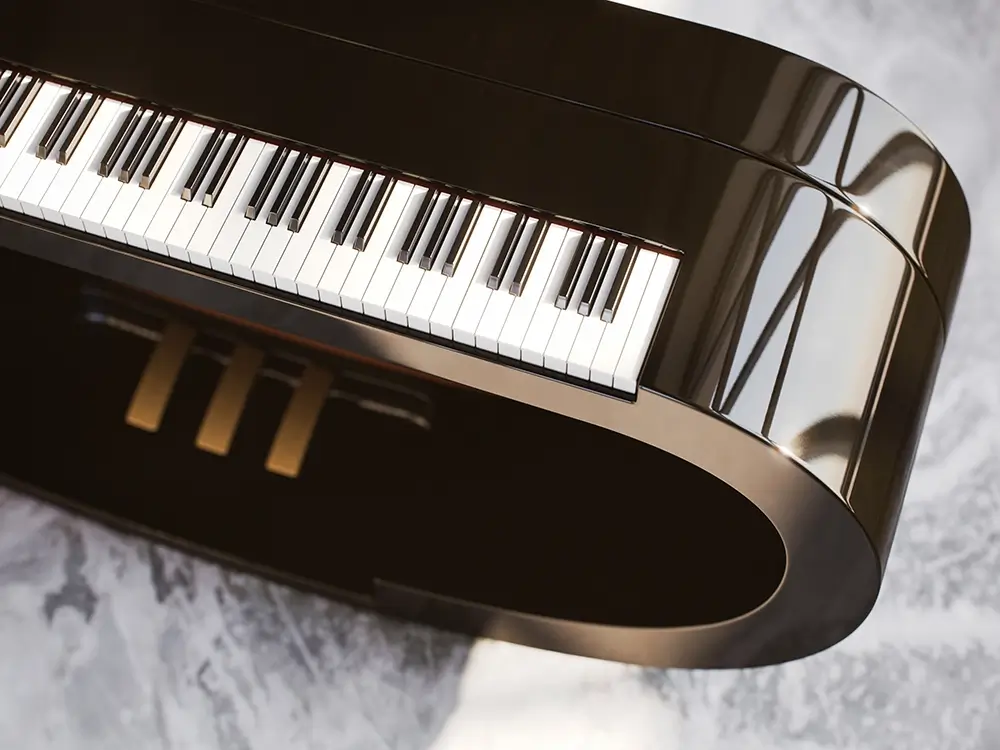
The ergonomics of Ravenchord are ideal. It has a standard 88 key layout and 3 pedals exactly in the same position and dimensions as a conventional piano. There is no learning curve whatsoever.
If you were blindfolded and sat down you’d think you were at a regular piano. This was important in order not to alienate users (avant garde human factors are annoying in instruments).
Ravenchord is smaller, lighter, and easier to transport than a grand piano since it doesn’t have legs and it is thin and vertical.
This makes it much easier to fit anywhere in one’s home and much easier to move from one house to another. It’s also easier to move and ship if you are a professional in an orchestra. The front cover detaches for tuning.
Ravenchord instantly changes your perception of a piano, turning it into something strangely evocative and utterly dynamic.
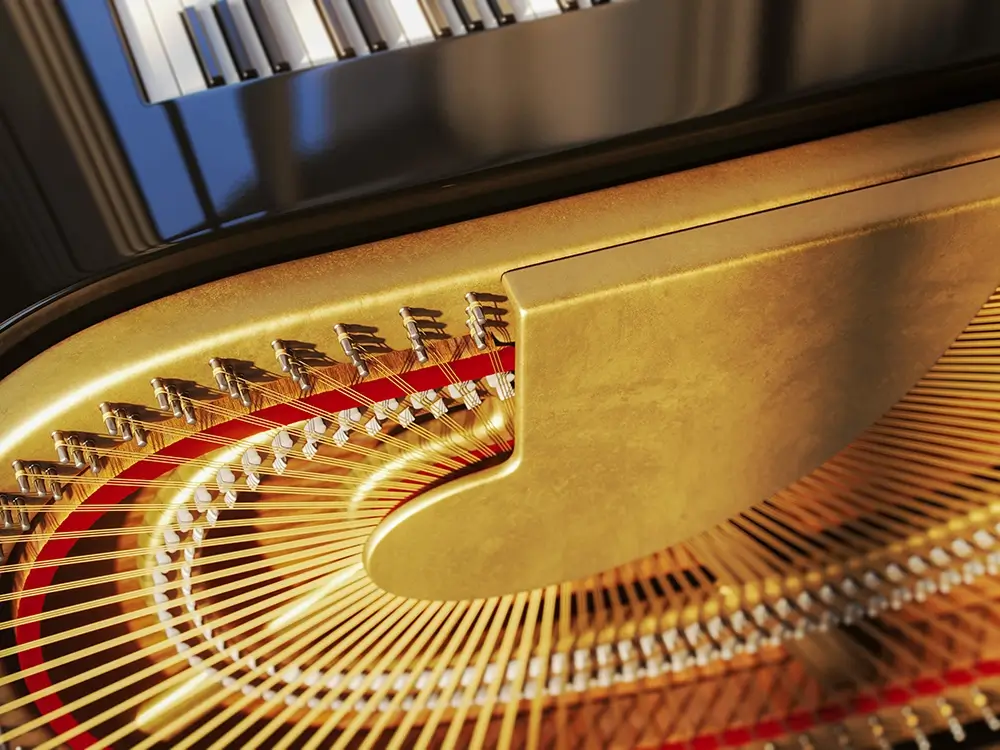
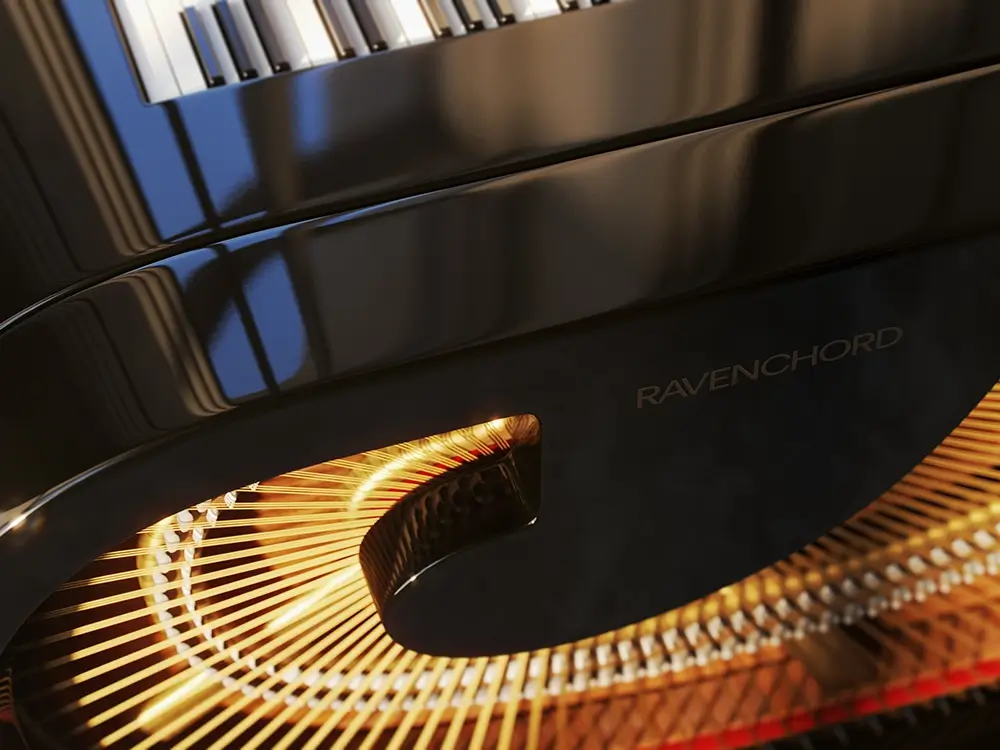
Project: Ravenchord Piano
Designers: Whipsaw
Lead Designers: Dan Harden
Manufacturer: Whipsaw

